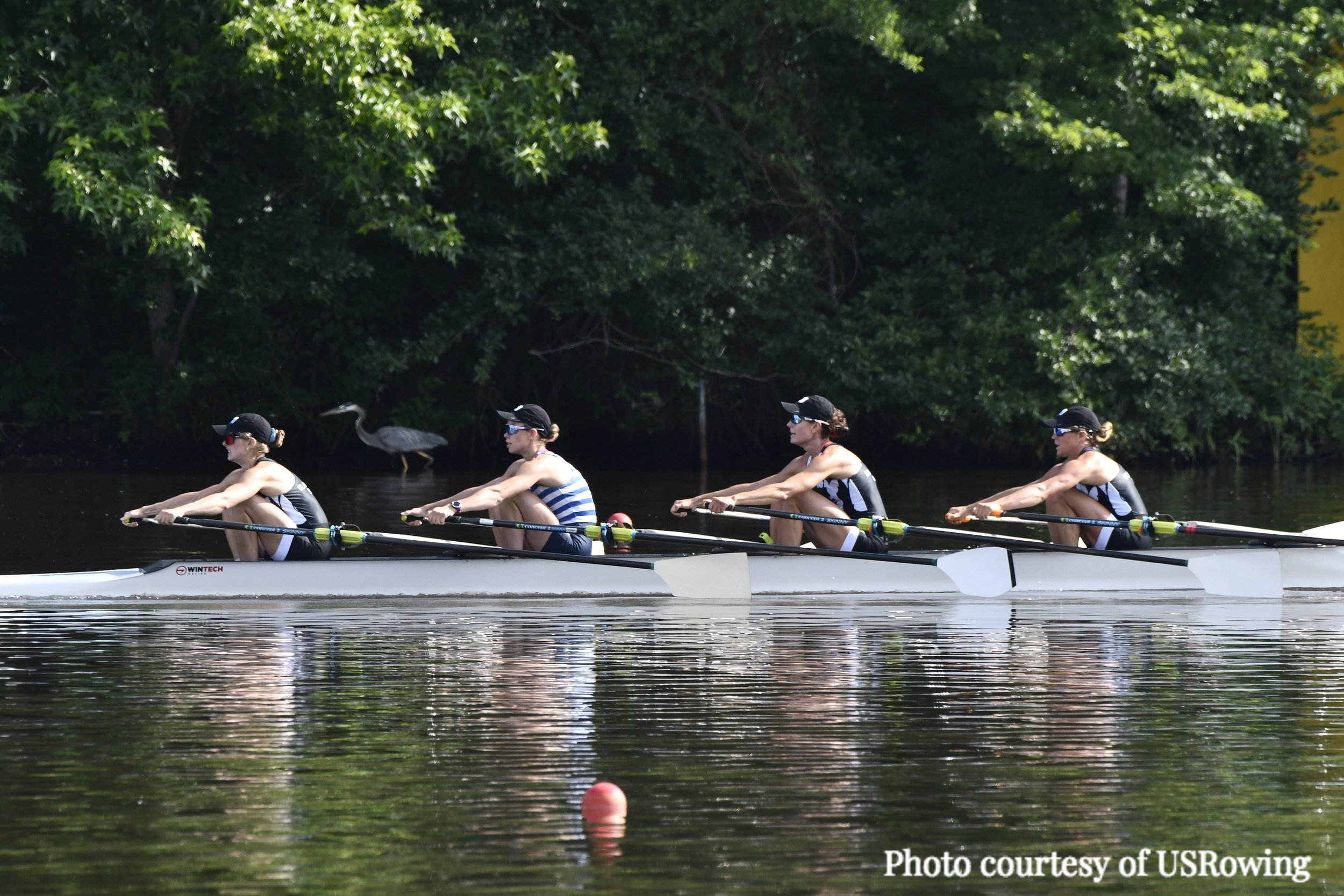When M.I.T. graduate student Ted van Dusen invited the just-graduated Sally Harvey to row as his guest at Riverside Boat Club in 1971 and provided her with a single so she could pursue her interest in the sport, the club was, in her words, moribund. A neighborhood-based men’s sculling club, its active members had fallen to as few as ten and it survived only by renting two-thirds of its boathouse to Northeastern University, including the entire second floor. Sally finished third in the Head of the Charles that year and was second in the lightweight single and first in the dash at the 1972 national championships. She applied to become a Riverside member but didn’t receive the required votes. Those opposed cited the costs of providing changing facilities for women members. Instead she was offered “permanent guest” status. Preferring to be a full-fledged, dues-paying club member, Sally was in the process of joining Cambridge Boat Club, the only rowing organization on the Charles River to admit women at the time, when she took a job in Washington D.C., was readily accepted as a member of Potomac Boat Club, and went on to row in national champion quads in 1973 and ‘74.
Although it wasn’t apparent at the time, the growing participation of women in rowing as a result of 1972 Title IX Act’s impact on college athletics, together with the advent of international women’s competitions, was about to transform Riverside and women’s place in it.
Ted van Dusen, a member of the U.S. quad in 1977, was one of the strongest advocates for bringing women into the club. He proposed a female medical student training for the Head of the Charles that year for provisional membership. Again, she was permitted to row as a guest but, despite club president Jim Moore’s request for reconsideration, her application was denied and she also migrated to Cambridge Boat Club. Nevertheless, interest in adding women to the club was building and in 1979 national team aspirant Patty Pinkerton, Kathryn Reith, and 1975 Red Rose Olympic crew member Jacqueline Bachman were granted provisional membership, although without access to the club’s first floor changing facilities. Representing Riverside, Patty and Kathryn won the Canadian Henley junior quad with cox and junior double events in 1980.
[caption id="attachment_6169" align="aligncenter" width="500"] Pinkerton & Reith[/caption]
Despite growing support for women’s presence at Riverside, a faction of the club’s long-term members remained opposed. Their hostility contributed to Jacqueline’s departure and generated bitter conflict over Patty and Kathryn’s impending applications for senior membership. A discrimination complaint was filed with the Metropolitan District Commission, the club’s landlord. Amid physical threats from opponents, President Jim Moore, Vice President Jim Hanley, Robert Cutler and Jim Sullivan engineered their election, successfully resolving the crisis. In 1982, the club raised funds for them to row in the first Henley Royal Regatta to include women’s events.
Patty and Kathryn were the vanguard of women members at Riverside, some of whom remain active today and each of whom prepared the way for the club’s revitalization in succeeding years. The support of Hanley, van Dusen, Will Melcher, Jim White, whose daughter Carolyn rowed at the club, and likeminded members drew women like Anna Jones—who would go on to become Community Rowing Inc.’s first director—seeking a place to develop their rowing. Encouraged by Anna and Ted, in 1982 Lynn and Charley Osborn joined the club after learning that Lynn could row as an occasional guest but not as a regular member at Charley’s club, Union Boat Club. Because there wasn’t yet a mixed double event in the 1983 Head of the Charles Regatta, they took the place of a men’s double scratch and finished in the top half of the competition.
One of Hanley, Melcher and their supporters’ most consequential initiatives was the decision, after vigorous debate in 1982, to break Riverside’s tradition that all services were volunteered and hire Doug Clark, who had trained women in Canada and was coaching women at M.I.T, to be the first paid club coach on the Charles River in the modern era. Following Hanley’s election as Riverside president in 1983, he and Clark pursued the idea of making Riverside self-sustaining once Northeastern left for its own boathouse by attracting both men and women rowers with a club philosophy of excellence at all levels of achievement. Maria Lane was one of the arrivals, training and racing with Clark’s competitive group. Although she remained based at Boston Rowing Club, Anne Marden, United States sculler and future Hall of Fame member, trained with Clark for the 1984 Olympics.
By the mid-80s, women were rowing in every Riverside sculling and sweep boat, including its first women’s eight. In no small part due to their expanding enrollment, the club grew rapidly, encouraging the hope that it could become self-sustaining. Clark, whose professional background was in business management, supplied Hanley and his allies with a template for a revitalized organization, including a strengthened committee structure, and suggested strategies for coping with the stresses that could be anticipated from the changes underway. He found that the club’s men tended to be “too cool” to engage in Hanley’s program to transform Riverside. It was its women who “provided the energy, passion and commitment” needed to change its culture and who most enthusiastically embraced his emphasis on technical excellence, on “rowing better than anyone else on the Charles”. Women like Anna and Maria participated on committees and contributed innovations such as the first Riverside Guide and a newsletter to keep members informed about events and issues. Clark cites as an example of women’s transformation of the soul of the club the encouragement he received to install Ted Littlefield, the impaired but dedicated Northeastern custodian of the boathouse and grounds, as cox of their eight, to Ted’s enormous gratification. Bob Cutler, Will Melcher and Maria Lane celebrated Riverside’s growing stature by designing a new club racing medal. Reflecting the club’s transformed identity, it depicted rowers of both sexes.
By: Dick Garver
This post is the first of a three-part series. Next month, we'll follow up with women's impact on Riverside's history from 1985-2000.
Significant contributions were made to this article by Igor Belakovskiy, Patricia Belden, Doug Clark, Maura Conron, Helen Fremont, Molly Haskell, Molly Hamrick, Sally (Harvey) Johnston, Tom Keister, Lisa Kunze, Nik Kurmakov, Maria Lane, Kevin McDonnell, Lynn Osborn, Marika Page, and Sarah White.
Dick Garver welcomes feedback. He can be reached at richardgarver[at]gmail[dot]com






